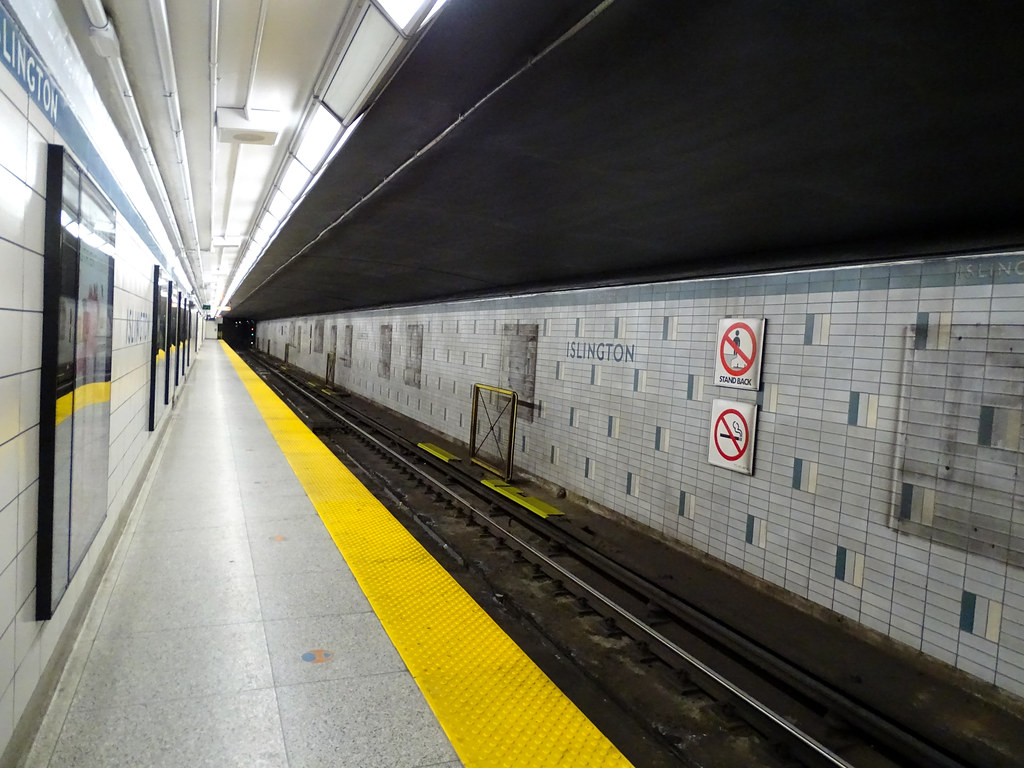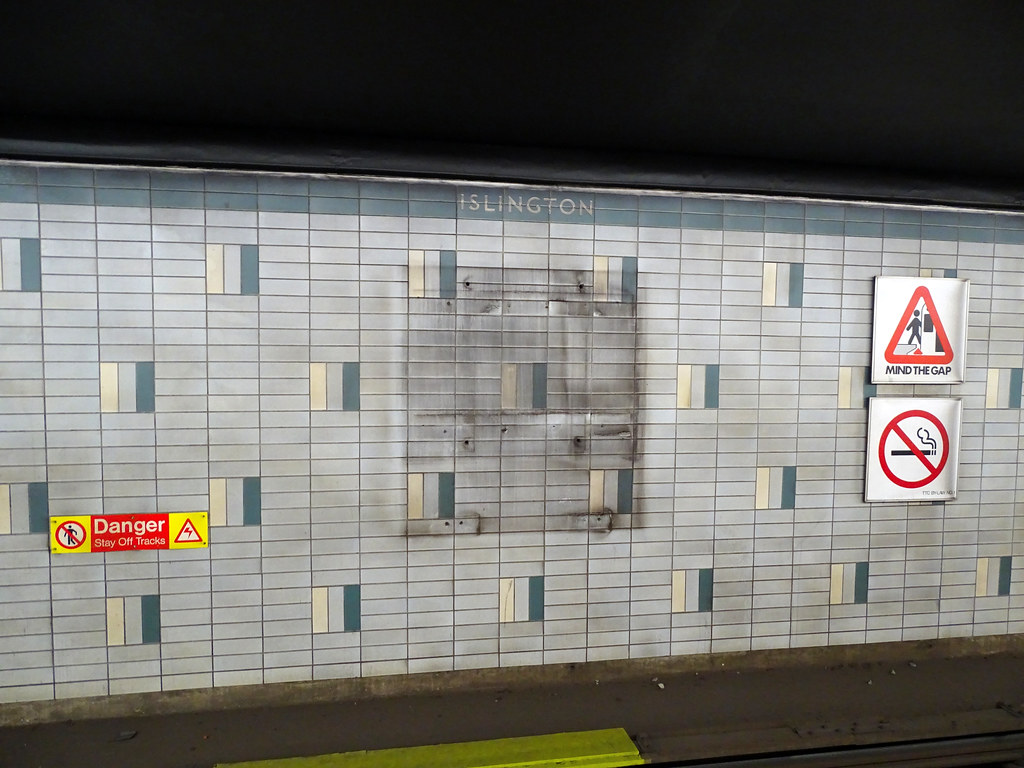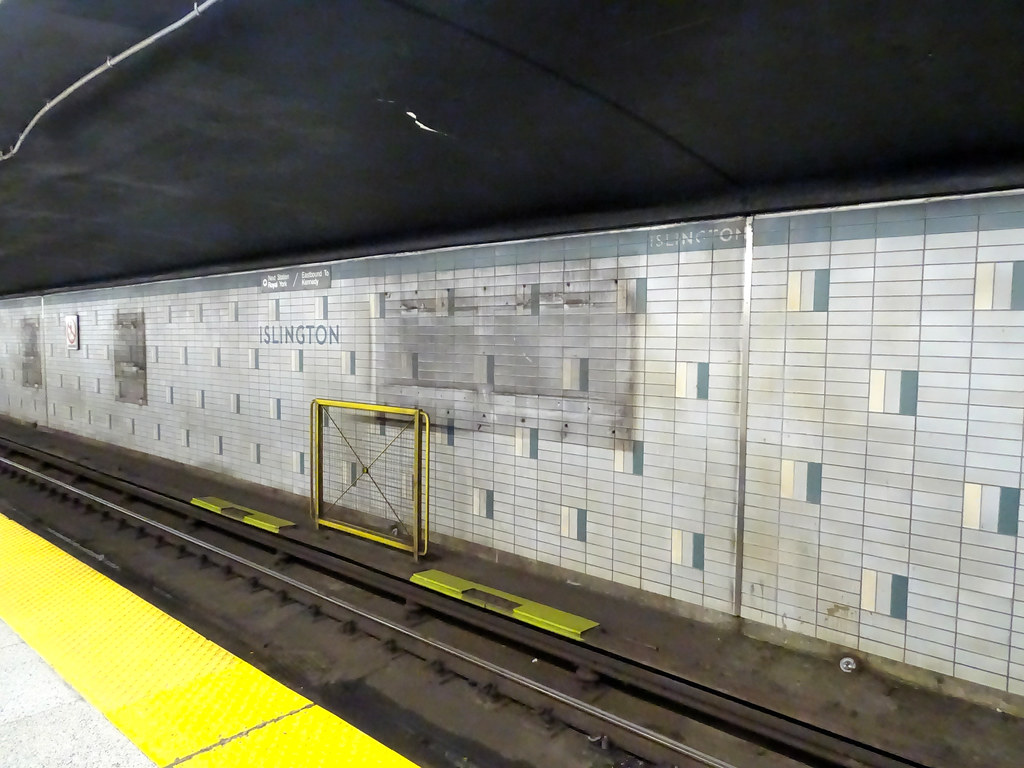drum118
Superstar
Not sure what was going on 511 on Sunday as some cars had poles up while others had pans. Saw a northbound stop at Niagara where the driver got off and lower the pole and then raise the pan before continue north. The southbound had pan up and it was follow by a pole car. The car behind the northbound had pole up and it was follow by a pan car. Either there was a problem for the bridge or drivers forgot 511 is a pan route and fail to change over coming out of Roncesvalles Yard.
TTC still changing signs for COVID-19 that they are not the same for other vehicles in the same fleet.
With Mississauga (miWay) Transit now at Kipling, TTC has the option of moving its routes at Islington Terminal to the south outside platform to deal with the structural soundest issue there. TTC has already close 2 bus bays down and has wanted to close all of them as well tearing the structure down close to 10 years ago. As to when TTC may make changes to the terminal is unknown, but TTC needs to build accessibly access to the subway station by 2025 and this will require a new 4 bay terminal for the buses.
Since the City is planning on putting affordable housing on the whole site now, the new terminal could be included in the plan or stay with the stand alone structure next to CP Corridor.
Its possible that TTC could tear the structure down this year since a few rental units under it are now empty with the rest close at this time. If it is to be torn down, protection for a walkway to the south end needs to be in place first and work to be done after the station close. Good time to video and photograph it as it will be thing in the past in the coming years. I did this before miWay move and will do some more with miWay gone now.
Seeing a lot more riders riding the system with no mask on.
Since miWay 7/24 routes no longer service Islington, it will be interesting how riders for both systems connect to each other when TTC 300 stops at Aukland and a nice hike to the Hub from there.
From the south end of the walkway to GO platform at the Hub, you get a nice view of Canpa Sub and the old Obico land where a new TTC subway yard could be built there. You can watch the work from there for the new 3rd trail track that will take place this year.
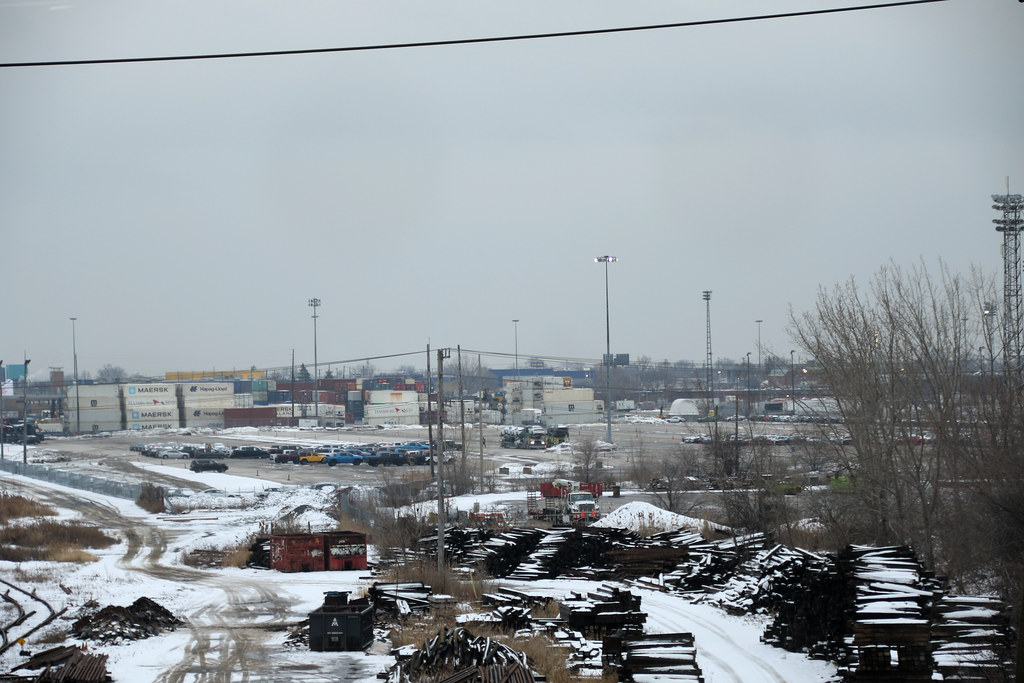
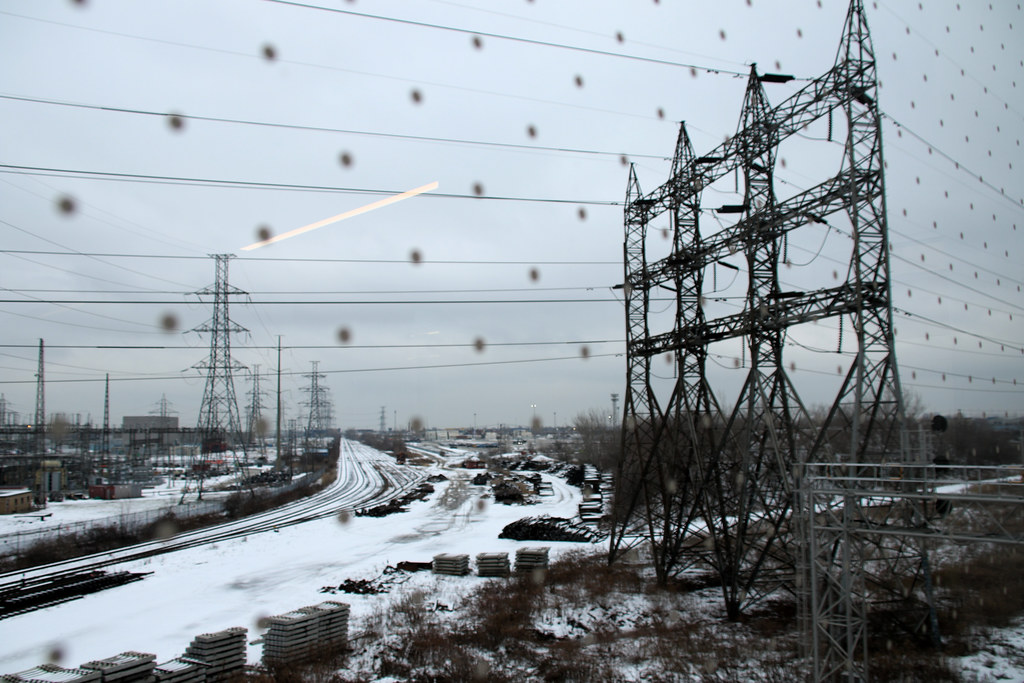

TTC still changing signs for COVID-19 that they are not the same for other vehicles in the same fleet.
With Mississauga (miWay) Transit now at Kipling, TTC has the option of moving its routes at Islington Terminal to the south outside platform to deal with the structural soundest issue there. TTC has already close 2 bus bays down and has wanted to close all of them as well tearing the structure down close to 10 years ago. As to when TTC may make changes to the terminal is unknown, but TTC needs to build accessibly access to the subway station by 2025 and this will require a new 4 bay terminal for the buses.
Since the City is planning on putting affordable housing on the whole site now, the new terminal could be included in the plan or stay with the stand alone structure next to CP Corridor.
Its possible that TTC could tear the structure down this year since a few rental units under it are now empty with the rest close at this time. If it is to be torn down, protection for a walkway to the south end needs to be in place first and work to be done after the station close. Good time to video and photograph it as it will be thing in the past in the coming years. I did this before miWay move and will do some more with miWay gone now.
Seeing a lot more riders riding the system with no mask on.
Since miWay 7/24 routes no longer service Islington, it will be interesting how riders for both systems connect to each other when TTC 300 stops at Aukland and a nice hike to the Hub from there.
From the south end of the walkway to GO platform at the Hub, you get a nice view of Canpa Sub and the old Obico land where a new TTC subway yard could be built there. You can watch the work from there for the new 3rd trail track that will take place this year.








